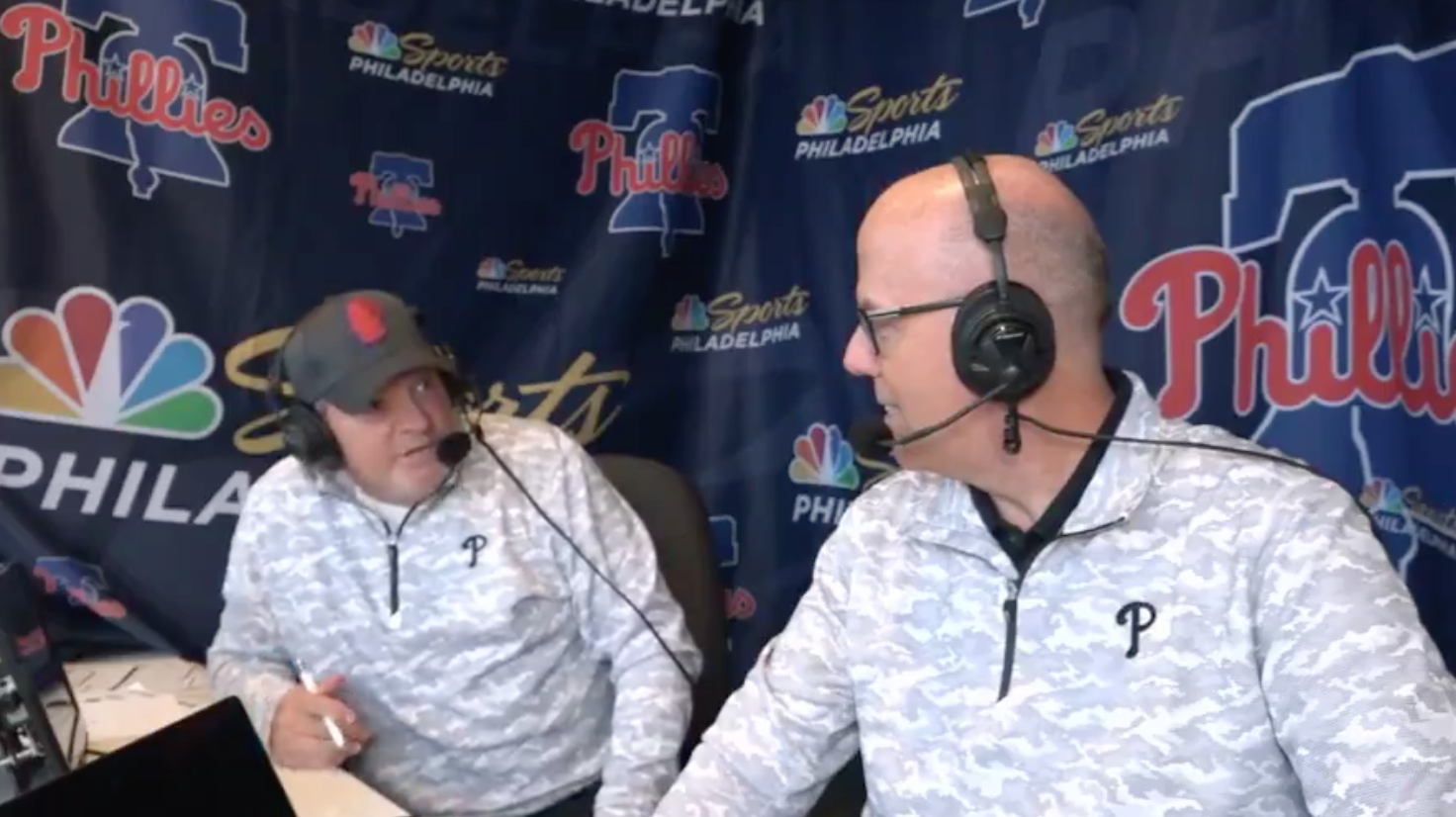This upcoming women’s college basketball season already has had no shortage of enticing headlines and the games don’t start until November 6th. Following in the footsteps of Nebraska volleyball, Iowa women’s basketball played an outdoor scrimmage last week at Kinnick Stadium against DePaul in front of 55,646 people, shattering the all-time NCAA attendance record for a women’s basketball game. With a healthy Paige Bueckers and Azzi Fudd, UConn might be knocking on the championship contention door once more, and with the transfer of former Louisville guard Hailey Van Lith, there’s talk of a superteam at LSU. Up-and-coming programs are finding themselves in unfamiliar territory in the top 25 rankings–whether it’s #12 Ole Miss landing in the top 25 for the first time since 1995 or #22 Creighton who is ranked in the preseason for only the second time in the program’s history.
These headlines set the stage for a season filled with controversy and drama and these storylines paired with the savvy business sense of women’s basketball players pays off in the NIL market–just ask LSU forward Angel Reese, whose NIL evaluation skyrocketed from $371,000 before March to $1.3 million after LSU’s championship run which was peppered with controversy from start to finish. Reese and teammate Flau’jae Johnson are both evaluated at over $1 million each, and Clark, Van Lith, and Bueckers are all evaluated at over $500,000–rare numbers for even the brightest female basketball stars who oftentime face lackluster salaries in the WNBA. But with such impressive stats, one question remains: Why can’t female athlete influencers evade double standards in the NIL market?
There are perhaps no better poster stars for this dynamic than the Cavinder twins. Last week, former Miami guard Haley Cavinder, who last April announced her retirement to pursue a career in WWE with her twin sister, Hanna, seemingly reversed that decision by entering the transfer portal just weeks before the regular season is set to tip off. Although Cavinder wouldn’t see playing time until the 2024 season due to NCAA transfer rules, it could potentially be a big deal for women’s college hoops–and not because of her social media presence.
The Cavinder twins might be known partly–if not mainly–for their social media content and status as influencers. And although the business sense of the Cavinder twins is laudable, it’s not all the twins, especially Haley, are good for. Haley Cavinder is a formidable athlete, but with headlines like “New Endorsements for College Athletes Resurface an Old Concern: Sex Sells” and “The NCAA Has a ‘Hot Girl Problem” following the twins throughout the entirety of their careers, sometimes their skill gets drowned out in all the noise. It’s something that hasn’t gone unnoticed by the Cavinders, who stated that the “Hot Girl Problem” article in particular “not only demeaned our athletic and business accomplishments,” but “furthered the narrative that hard-working, creative, and driven women can only do well if they are deemed attractive.”
The article in question certainly didn’t help lead the fight for gender equity in college sports. One paragraph read: “After all, the market favors top male college athletes—like USC quarterback Caleb Williams, with a NIL valuation of $2.6 million, and University of Colorado cornerback and wide receiver Travis Hunter, with a valuation of $1.6 million—and, for the most part, attractive female college athletes.” But last year’s top female NIL earners list was just as dominated by All-Americans and generational players like Flau’jae Johnson and Page Bueckers, as well as Olympians like Sunisia Lee.
The “influencer over athlete” frame that has followed the Cavinder twins ever since they signed their first deals in July 2021 also ignores the fact that Haley Cavinder, in particular, is an elite athlete. Much like the discourse that follows Olivia Dunne, a WGCA All-American, the language here is implicitly sexist and ignores her accomplishments–and this is an especially egregious crime against Haley Cavinder, the “American media personality,” according to a quick Google search, who still deserves to be considered among the country’s best players.
When most people consider the nation’s top players coming into this season, they’ll rightly consider Reese, Clark, Johnson, Bueckers, Van Lith, Fudd, Stanford’s Cameron Brink, and others to be in their top ten. Haley Cavinder might not quite be on their level (and won’t get to play until the 2024-25 season), but her athletic accomplishments at Fresno State and Miami both deserve as much recognition as her influencer status. Her freshman year at Fresno State, Cavinder was the Mountain West Freshman of the Year and was named to the All-Mountain West, All-Freshman, and Mountain West All-Tournament Teams. That same year, she broke Fresno State’s freshman records for most points with 512 and the most rebounds with 233 in a single season–as a 5’6” guard, mind you–and led the Bulldogs in scoring while finishing second in the conference overall.
Next season, Cavinder was the first sophomore to win Mountain West Player of the Year since 2004 and was the first player in conference history to do so directly after winning Freshman of the Year. En route to scoring 556 points that season, Cavinder also led the league in 20-point games with 17 total. Her junior year, she repeated many of her past successes with multiple conference honors, a total of 575 points, and set a NCAA record for free throw percentage, which paid off in her time with Miami, where she transferred with Hanna for the twins’ senior season.
After transferring, Haley Cavinder’s stats understandably dipped–after all, going from the Mountain West Conference to the ACC is a big change. But she started all 35 games with Miami and led the Hurricanes in scoring, three-point percentage, minutes per game, and free throw percentage–the latter of which came in handy when she nailed two clutch free throws against Indiana to help send Miami to the Elite Eight for the first time in program history.
Overall, Cavinder was only one of 25 active players in all of D1 to amass over 2,000 points in her career at the conclusion of her senior season. She also amassed an impressive 889 rebounds, 774 assists, and 12 conference awards while balancing transferring, the demands of NIL fame, and controversies surrounding Miami booster John Ruiz. That’s a massively impressive career no matter how you cut it. But no matter what, the media won’t hesitate to label Cavinder an influencer first and an athlete second–a hierarchy that’s exclusively reserved for female college athletes.
Consider On3’s top five NIL earners for the 2023-2024 academic year, which doesn’t include the Cavinders at all. Bronny James, Sheuder Sanders, Livvy Dunne, Arch Manning, and Caleb Williams make up the top five in that order. Dunne is the only top earner who is defined, in part, by the way she earns money with a Wikipedia listing of an “American artistic gymnast and social media personality.” Everyone else is listed as a “college basketball player” or a “quarterback” even though everyone in the top five is technically an influencer as well. In fact, of all the athletes in that list that should be predominately labeled as influencers, it’s James and Manning, neither of whom have played a minute in the NCAA yet, but are still sponsored by brands that they advertise on their social media platforms where they promote their business. Williams and Sanders do the same–in fact, Sanders was criticized earlier this season when his Instagram account posted sponsored products during Colorado’s loss to Stanford (although he likely wasn’t actually posting during the game). Male college athletes are influencing as well, and they’re doing so creatively. Outside of On3’s Top 5, Oklahoma quarterback General Booty’s new underwear line is an immensely clever campaign that, had Dunne or the Cavinders done something similar, would have broken the internet.
To be clear, there’s nothing wrong with college athletes taking to social media to earn money–that’s what NIL is for. But was never intended to define athletes or put them in boxes. Because, yes, Haley Cavinder is an influencer and there are plenty out there who post content like hers. But you can’t find many who can ball like her.







